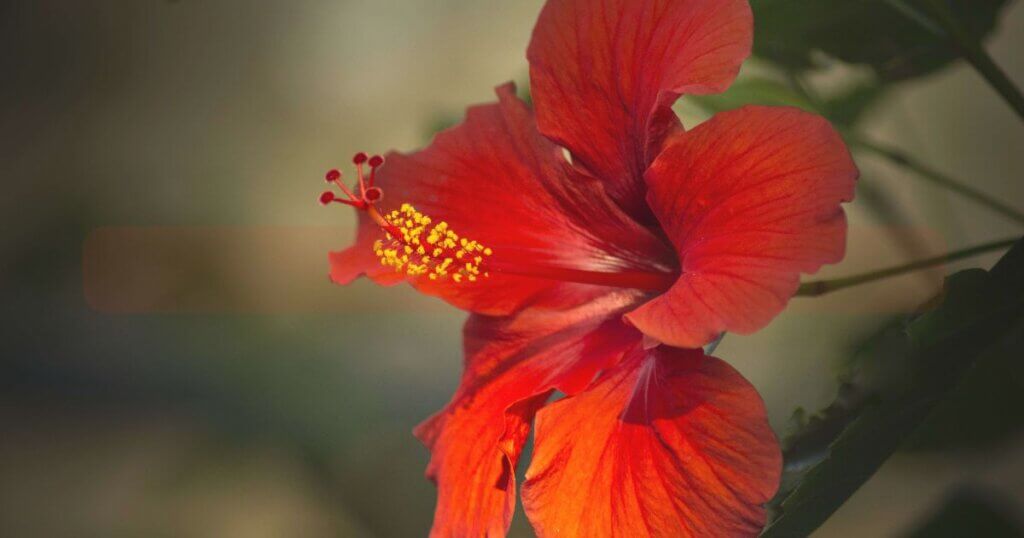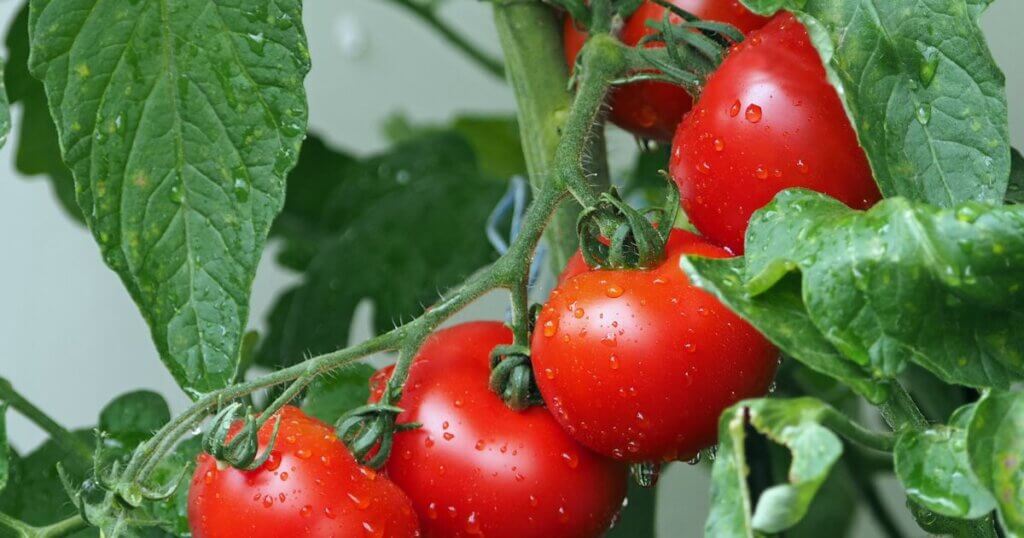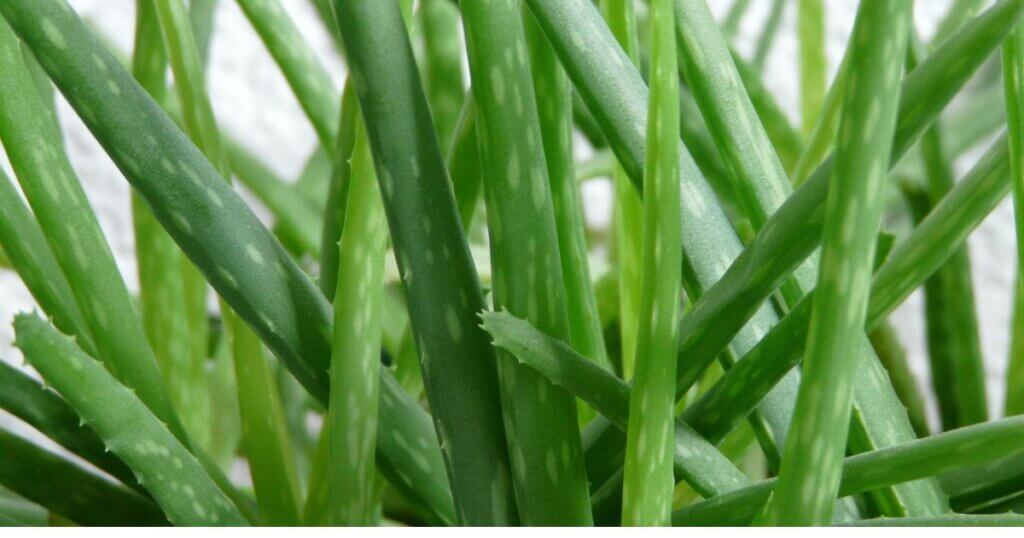How to Grow Hibiscus Indoors: Your Ultimate Guide to Lush Blooms

Some of the links in this post are affiliate links. As an Amazon Associate, we earn a referral fee from qualifying purchases—at no extra cost to you.
Are you looking to transform your indoor space with hibiscus’s vibrant, tropical beauty? This guide has everything you need to grow hibiscus indoors, ensuring lush blooms and healthy plants.
Table of Contents
Growing hibiscus indoors is a fantastic way to bring a touch of the tropics into your home. With their stunning flowers and lush foliage, hibiscus plants can brighten up any room and offer numerous benefits, from improving air quality to enhancing your indoor décor. In this comprehensive guide, we’ll cover everything you need to know about growing hibiscus indoors, from choosing the right variety to troubleshooting common issues.
Choosing the Right Hibiscus Variety for Indoor Growth
Selecting the right hibiscus variety is crucial for successful indoor growth. Here are some popular indoor hibiscus varieties and their characteristics:
Popular Indoor Hibiscus Varieties
- Hibiscus rosa-sinensis: Known for its large, colorful blooms, this variety is a favorite for indoor cultivation.
- Hibiscus schizopetalus: Also called “Japanese lantern,” it features unique, fringed flowers and is well-suited for indoor growth.
- Hibiscus acetosella: This variety, with its stunning burgundy foliage, adds a dramatic touch to your indoor garden.
Characteristics of Ideal Indoor Hibiscus Plants
When selecting hibiscus plants for indoor growth, it’s essential to choose varieties with compact growth habits, disease resistance, and adaptability to indoor conditions. Compact plants fit well in confined spaces like windowsills and require less pruning, making them easier to manage.
Disease-resistant hibiscus varieties help prevent common indoor issues such as root rot and fungal infections, ensuring a healthier plant. Additionally, hibiscus that can tolerate lower light levels and fluctuating humidity conditions are ideal for indoor environments. Choosing manageable-sized plants with high flowering potential ensures continuous vibrant blooms, enhancing your indoor garden’s aesthetic appeal. By considering these factors, you can cultivate thriving hibiscus plants that remain lush and beautiful year-round.
Optimal Conditions for Indoor Hibiscus Growth
Creating the right environment is key to growing healthy hibiscus indoors. These plants thrive in bright, indirect light, so placing them near a south or west-facing window ensures they receive ample sunlight without scorching. Maintain indoor temperatures between 65-75°F (18-24°C) and keep them away from drafty windows or heating vents to prevent stress. Since hibiscus prefers 50-60% humidity, using a humidifier or placing a tray of water nearby can help maintain optimal moisture levels.
Keep your hibiscus thriving indoors with the LEOTER Grow Light for Indoor Plants, featuring full-spectrum LED lights that simulate natural sunlight and promote vibrant blooming even in low-light conditions.
Preparing the Soil and Pot for Indoor Hibiscus
Proper soil and pot selection are crucial for the health of your indoor hibiscus. Use a well-draining potting mix with a pH of 6.0 to 7.0, combining peat moss, perlite, and compost for optimal growth. Choose a pot that is 1-2 inches larger than the root ball, ensuring it has drainage holes to prevent waterlogging. To further improve drainage and reduce the risk of root rot, add a layer of gravel or small stones at the bottom of the pot.
Use FoxFarm Ocean Forest Potting Soil, a nutrient-rich, well-draining mix that gives your hibiscus the perfect start with ideal pH levels and essential nutrients.
Planting and Repotting Hibiscus Indoors
To plant hibiscus in a pot, fill it with a well-draining soil mix, leaving enough space for the root ball, then position the plant, backfill around the roots, and water thoroughly. Repot every 2-3 years or when the plant outgrows its container, selecting a slightly larger pot with fresh soil. The ideal time for repotting is spring, as hibiscus enters its active growth phase, ensuring a smooth transition and healthy development.
Watering and Fertilizing Indoor Hibiscus
Proper watering and fertilization are key to maintaining a healthy indoor hibiscus. Water the plant when the top inch of soil feels dry, ensuring consistency while avoiding overwatering, which can cause root rot. Yellowing leaves often indicate overwatering, whereas wilting or dry soil suggests the plant needs more water, so adjust your schedule accordingly. During the growing season, feed hibiscus with a balanced, water-soluble fertilizer every 2-4 weeks, reducing fertilization in winter when growth slows.
Boost your hibiscus blooms with Miracle-Gro Water Soluble Bloom Booster Flower Food, specially formulated to promote bigger, more vibrant flowers.
Pruning and Training Hibiscus Plants
Pruning helps maintain the plant’s shape, encourages blooming, and promotes bushier growth by removing dead or diseased branches while improving air circulation. To prune effectively, use clean, sharp scissors or pruning shears to trim leggy branches and shape the plant, ensuring any damaged parts are removed. Hibiscus can also be trained to grow in a specific form, whether as a standard or a bushy plant, by using stakes or supports to guide its growth. Regular pruning and proper training will keep your indoor hibiscus healthy, vibrant, and full of blooms.
Dealing with Pests and Diseases
Aphids, spider mites, and whiteflies are common pests that affect indoor hibiscus, so regular inspection and treatment with insecticidal soap or neem oil can help prevent infestations. Fungal diseases like powdery mildew and root rot often occur due to high humidity and poor air circulation, making it essential to improve ventilation and apply fungicides when needed. For pest control, organic solutions such as neem oil and insecticidal soap are preferable, while chemical pesticides should only be used as a last resort.
Protect your hibiscus naturally with Nani’s Pure Neem Oil Spray for Plants, an easy-to-use, organic solution for common pests like aphids and spider mites.
Encouraging Blooming in Indoor Hibiscus
Several factors influence hibiscus blooming, including adequate light, proper fertilization, and consistent watering. To care for a blooming hibiscus, maintain stable conditions, avoid drastic temperature changes, and deadhead spent flowers to encourage new blooms. If your hibiscus isn’t blooming, ensure it’s receiving sufficient light, adjust fertilization, and check for any stress or overwatering.
Seasonal Care for Indoor Hibiscus
Adjusting your hibiscus care routine according to seasonal changes is essential for its health. In winter, it’s important to move the plant away from drafty windows and maintain a consistent indoor temperature to prevent temperature fluctuations. Reduce watering and withhold fertilization during this time, as the plant’s growth slows down. In summer, make sure the hibiscus receives adequate light and proper ventilation to support its active growth. Additionally, increase watering frequency and humidity levels during hot, dry weather to prevent stress and keep the plant hydrated.
Propagation Techniques for Hibiscus
To propagate hibiscus from cuttings, take 4-6 inch sections from healthy branches, remove the lower leaves, and plant them in a moist, well-draining potting mix. Keep the cuttings in a warm, humid environment to encourage root development. Alternatively, hibiscus can be propagated through layering or division, each offering unique advantages. For newly propagated plants, maintain high humidity, consistent moisture, and indirect light, and gradually acclimate them to their new surroundings.
Kickstart hibiscus propagation with the Jiffy 36mm Professional Greenhouse Kit, which creates the perfect warm, humid environment for successful rooting.
Troubleshooting Common Issues with Indoor Hibiscus
Yellowing leaves, bud drop, and stunted growth are common issues with indoor hibiscus. Yellow leaves may indicate overwatering, nutrient deficiencies, or stress, while bud drop is often caused by temperature fluctuations, improper watering, or low humidity. Stunted growth can result from inadequate light, poor soil, or nutrient deficiencies. To address these problems, adjust care by ensuring proper watering, lighting, humidity, and soil conditions.
Benefits of Growing Hibiscus Indoors
Hibiscus plants not only enhance the aesthetic appeal of your indoor space with their striking beauty but also offer health benefits by purifying the air and removing toxins. Known for their air-purifying qualities, hibiscus is an excellent addition to any home. You can incorporate them into your décor by placing them in decorative pots, using them as centerpieces, or creating a mini indoor garden for a vibrant, refreshing atmosphere.
Creative Ideas for Displaying Hibiscus Indoors
To enhance the aesthetic appeal of your home, choose stylish pots that not only complement your existing décor but also add a touch of sophistication to your hibiscus plants. Opt for pots in different materials, colors, and sizes that fit seamlessly into your living room, kitchen, or bathroom to create a cohesive and inviting atmosphere. In addition to traditional potting, consider engaging in creative DIY projects like crafting your hanging planters or terrariums, which can bring a unique, personalized touch to your space. Decorative pot covers or plant stands can also be a fun and functional way to showcase your hibiscus while adding an extra layer of charm to your home’s interior.
Conclusion
Growing hibiscus indoors is a rewarding and enjoyable experience that can bring a touch of the tropics into your home. With the right care and attention, you can enjoy lush blooms and healthy plants year-round. Remember to choose the right variety, create optimal growing conditions, and stay vigilant against pests and diseases. Happy growing!
FAQs – How to Grow Hibiscus Indoors
1. Can hibiscus plants survive indoors year-round?
Yes, hibiscus can thrive indoors as long as they receive sufficient sunlight, warmth, and humidity. Proper care includes placing them near a bright window, maintaining temperatures between 60-85°F, and ensuring adequate watering and feeding.
2. How often should I water my indoor hibiscus?
Water your hibiscus when the top inch of soil feels dry. They prefer moist but well-draining soil, so avoid overwatering, which can lead to root rot. In winter, reduce watering as growth slows down.
3. Do I need to prune my indoor hibiscus?
Yes, regular pruning helps maintain shape, encourage bushy growth, and promote more blooms. Trim leggy stems and remove dead or weak branches in early spring or after blooming slows down.
4. Can I grow hibiscus indoors from cuttings?
Absolutely! Hibiscus propagates well from stem cuttings. Take a 4-6 inch cutting, remove lower leaves, dip in rooting hormone, and plant in moist soil. Keep in a warm, humid spot until roots develop.
5. Why is my indoor hibiscus dropping buds before blooming?
Bud drop is usually caused by inconsistent watering, temperature stress, low humidity, or lack of nutrients. Ensure stable conditions, and proper feeding, and avoid moving the plant too frequently
Other useful sites related to How to grow Hibiscus indoor
- Hibiscus Plant Care Indoors: 7 Growth Tips For Beginners – This comprehensive guide covers everything from lighting to watering techniques and more.
- Growing Hibiscus Indoors | Hibiscus Care Indoors – Balcony Garden Web – Detailed article on choosing pots, light requirements, soil, temperature, and more.
- Growing Hibiscus Indoors – A Beginner’s Guide to Tropical Beauty – A beginner’s guide with tips on selecting the right variety and creating the perfect environment.
- How to grow a hibiscus indoors over the winter – A video tutorial on keeping hibiscus plants alive indoors during winter.
- See How to Grow & Care Hibiscus Plant at Home Perfectly – A video tutorial on growing and caring for hibiscus plants in containers.
Some Interesting Growing Hibiscus Indoor Videos









